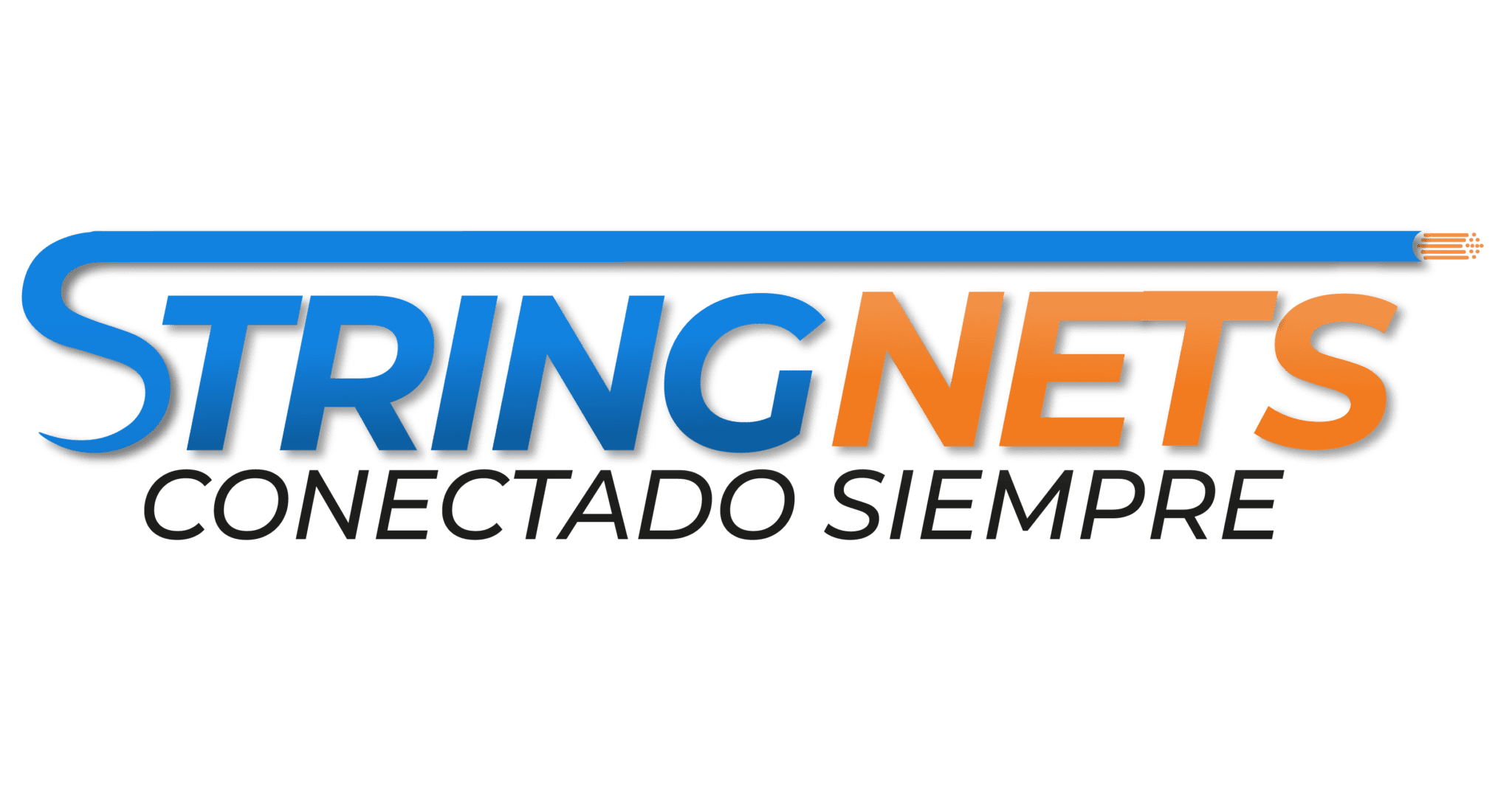Worldwide of psychology, recognizing human actions goes beyond just observing actions; it entails unwinding the mental processes that guide those actions. One such important aspect in this process is objective. Intents serve as the blueprint for our behaviors they guide what we plan to do, just how we come close to goals, and inevitably, how our perspectives and ideas shape our actions. Yet just what is objective, and why is it so crucial in anticipating behavior? In this blog, we will explore the duty of purpose in social behavior, analyzing exactly how it functions as a bridge between perspectives and real activities. We’ll delve into famous concepts that brighten just how our intentions create and just how they influence our everyday choices.
What is purpose and why is it important?
At its core, intention describes a mental state that overviews our activities towards attaining specific goals. It is the decision to carry out an action or engage in a particular habits based on internal motivations, such as worths, ideas, and desires.More Here Your Mind Your Body At our site In psychology, intents are considered as a critical web link in between our attitudes and succeeding actions. Think of objectives as the strategy we set in motion when we make a decision to act. For instance, if someone plans to exercise on a regular basis, that intent drives their habits, affecting their choice to visit the gym or stroll in the park.
What makes intentions so vital in social behavior is their predictive power. When we recognize someone’s intents, we can often anticipate their future activities. However, while intentions are a solid predictor of behavior, they are not constantly infallible. Several aspects, including exterior restraints and internal self-regulation, can affect whether an individual follows up with their desired activities.
Theories of purpose
To further recognize exactly how intent functions, let’s explore some crucial emotional theories that clarified the development and impact of objectives. 2 of one of the most significant concepts in this domain name are the Concept of Planned Habits (TPB) and Self-Efficacy Concept. Both supply a framework for understanding how intentions are formed and exactly how they affect actual habits.
Concept of Planned Behavior (TPB)
Established by Icek Ajzen, the Concept of Planned Habits is among one of the most widely utilized designs to recognize how intents lead to actions. According to this concept, 3 key variables affect our intents:
- Mindset towards the actions: This refers to the individual’s favorable or adverse evaluation of executing a particular actions. For instance, a person may have a positive attitude towards eating healthy food, thinking it will result in much better health and wellness outcomes.
- Subjective norms: This entails the influence of others on our decision-making. If a person feels that essential others, such as family members, buddies, or coworkers, anticipate them to participate in a certain habits, it can affect their intent to act. As an example, someone might determine to stop cigarette smoking because they recognize their pals or partner it.
- Perceived behavior control: This refers to the person’s belief in their capacity to do the actions, frequently affected by exterior elements (e.g., resources, abilities, or chances). If somebody feels confident that they can quit cigarette smoking, they are more likely to intend to give up and follow up with it.
These three elements attitude, subjective norms, and regarded behavioral control combine to create an individual’s purpose to do a behavior. According to the TPB, more powerful intents are most likely to bring about real behavior, supplied that outside variables, such as barriers or lack of resources, don’t conflict.
Self-Efficacy Concept
An additional essential concept that describes the development of purposes is the Self-Efficacy Theory, established by Albert Bandura. Self-efficacy refers to an individual’s idea in their capability to prosper in specific situations or complete tasks. According to Bandura, self-efficacy plays an important duty in shaping our intents. The stronger an individual’s idea in their capacity to attain a goal, the more likely they are to form a purpose to seek it. This idea influences their actions and perseverance towards the objective.
For instance, a person with high self-efficacy in their capacity to research for tests is more probable to establish the purpose to examine on a regular basis. On the other hand, someone who does not have self-confidence in their study abilities might not even form the objective to begin planning for tests, therefore possibly undermining their scholastic efficiency.
Variables that influence purpose development
Understanding exactly how intents are formed calls for acknowledging the various variables that shape them. These factors are not only emotional yet likewise social and ecological. Allow’s take a better check out several of the crucial elements that influence just how we create objectives:
1. Beliefs concerning results
Our ideas about the prospective results of our actions substantially affect the formation of our objectives. If we believe that a specific behavior will certainly cause favorable results (e.g., health and wellness benefits, social approval, or individual development), we are more likely to plan to participate in that behavior. As an example, if a person believes that working out will enhance their physical health and wellness and look, they are more probable to mean to work out regularly.
2. Social standards and stress
Social impact plays an essential role in purpose development. Our intents are frequently shaped by the expectations, values, and norms of the social groups to which we belong. For instance, if an individual is part of an area that values ecological sustainability, they may develop the objective to adopt environment-friendly practices, such as recycling or reducing their carbon impact, even if they really did not originally have those intents themselves. Peer pressure, family expectations, and social standards can all affect the intentions behind our actions.
3. Regarded control over habits
Perceived behavior control, as highlighted in the Theory of Planned Actions, refers to a person’s perception of their capacity to do a provided habits. If a person thinks they have the sources, skills, and possibilities to participate in a certain action, they are more probable to form an intent to act. On the other hand, if somebody regards significant barriers or barriers that stop them from executing the habits, their intent may be weak or missing. For example, a person who wants to work out may lack the moment, resources, or physical capability to do so, causing weak intents.
4. Past experiences
Previous experiences additionally play a crucial role fit intents. If we have actually had favorable experiences in the past, such as efficiently attaining an objective, we are most likely to create comparable intentions in the future. Conversely, unfavorable experiences, such as failing or troubles, can result in doubt or hesitation to create new purposes. For example, if a person previously attempted to stop cigarette smoking and fell short, they might hesitate to form the intention to give up again as a result of a lack of confidence in their capacity to prosper.
The function of objective in forecasting behavior
Intentions are often considered the most effective forecasters of behavior. Nevertheless, there are some vital caveats. The gap between intention and activity is not constantly straightforward, and a number of variables can stop us from acting upon our objectives, regardless of our best efforts.
For instance, an individual might have a strong purpose to consume a healthy diet, but exterior elements, such as lack of time to prepare, social influences (e.g., dining in restaurants with good friends), or emotions (e.g., tension consuming), may hinder their ability to follow up with their objectives. This inconsistency in between intention and activity is referred to as the ‘intention-behavior space’ and is a typical location of research study in psychology.
Surprisingly, some researches suggest that intents are more likely to equate right into activity when the behavior is habitual, tactical, and sustained by a strong feeling of self-efficacy. When people think they have the capacity to manage their actions and when outside elements align with their intentions, they are most likely to act in accordance with their intentions.
Practical implications of recognizing intent
Comprehending exactly how purposes function is essential for predicting and influencing actions in different contexts, from health methods to decision-making procedures. In the field of health psychology, as an example, treatments made to alter actions (such as smoking cessation or workout promo) usually focus on altering individuals’ intentions by altering their mindsets, social norms, or regarded control over actions. Similarly, marketing projects, curricula, and public health messages usually intend to influence people’s intents by highlighting the positive end results of certain behaviors or lining up behaviors with social worths.
For example, a campaign that advertises ecological sustainability may attempt to boost individuals’ intentions to reduce waste by focusing on the favorable end results of reusing, the social approval of environment-friendly actions, and the simplicity of embracing such techniques.
Conclusion
Purposes are central to comprehending human behavior. They function as an effective predictor of our actions, affected by our perspectives, social impacts, and perceived control over actions. While objectives are not constantly understood at work, recognizing the factors that affect them helps us much better understand how people make decisions and act in different contexts. From wellness behaviors to daily options, intents provide insight into why we do what we do and just how we can shape our actions for the future.



Deja una respuesta